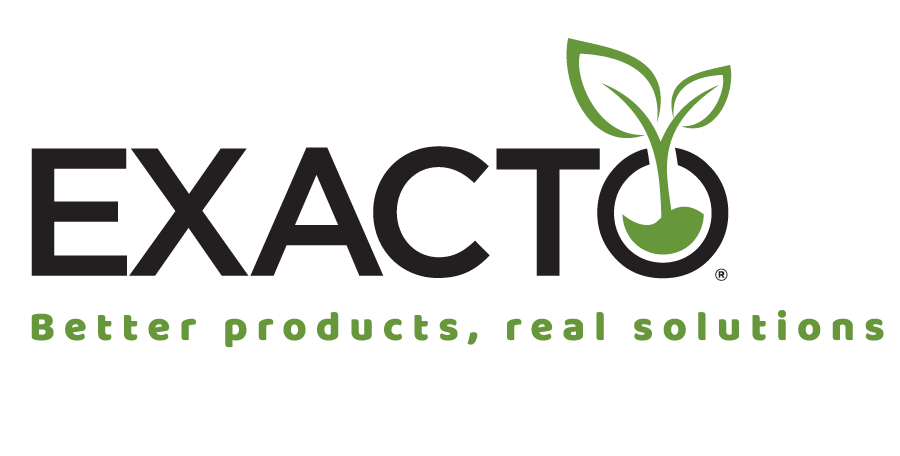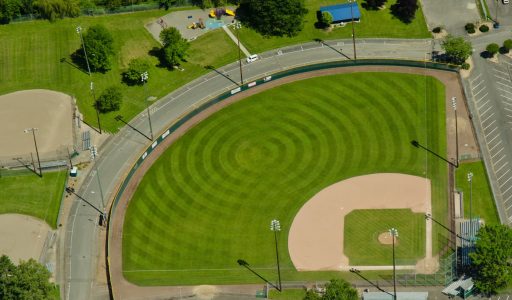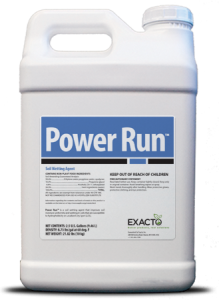Turf grass has many benefits for the urban environment, from natural cooling on urban temperatures to mental health benefits by creating green recreational spaces. However, maintaining healthy turf grass requires proper management techniques, including optimizing water use during the growing season—over or underwatering leads to issues that can create a chain reaction of unwanted effects.
For example, reducing the amount of water used for irrigation can lead to dried-out soil that can become hydrophobic and repel the irrigation water.
Soil Hydrophobicity
The water repellency is caused by microbiota and decomposing organic matter from the turf in the soil. They create an organic coating on the hydrophobic soil particles. The image below is a microscopic image of a sand grain with a hydrophobic coating.
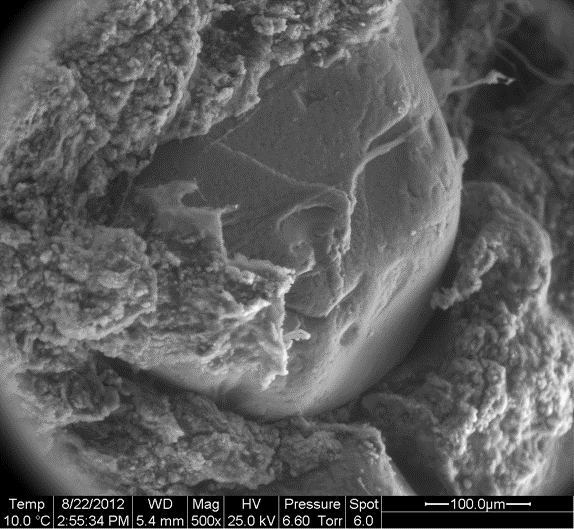
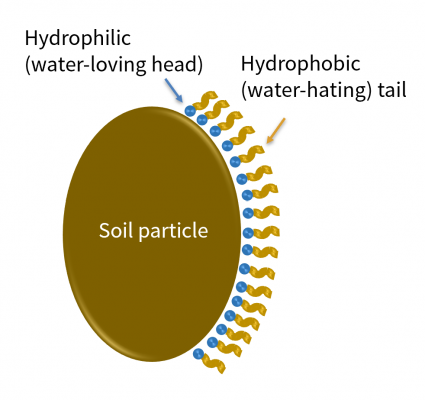
The turnover of soil microbes and decomposition of organic matter in the soil creates organic compounds that can coat soil particles and cause water-repellency or hydrophobicity (image above). These coatings are especially prevalent in sandy soils, including golf course putting greens. Once these coating form, it is challenging to wet the soil, and plants growing in these environments can experience extreme water stress. Therefore, wetting agents are a crucial tool to help overcome soil hydrophobicity.
Localized Dry Spot (LDS)
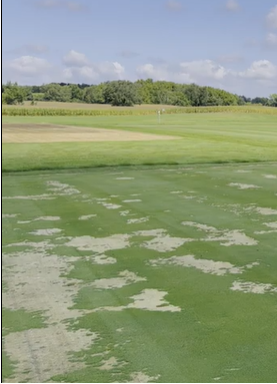
Wetting Agents
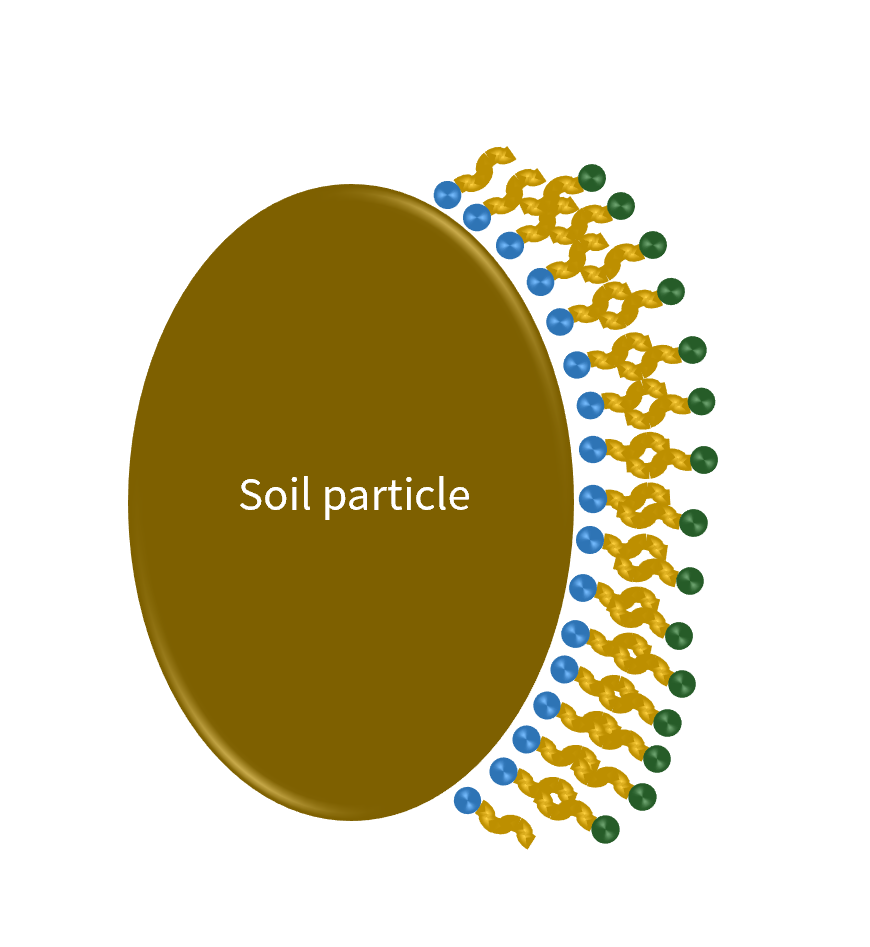
Hydrophobic soil with wetting agent
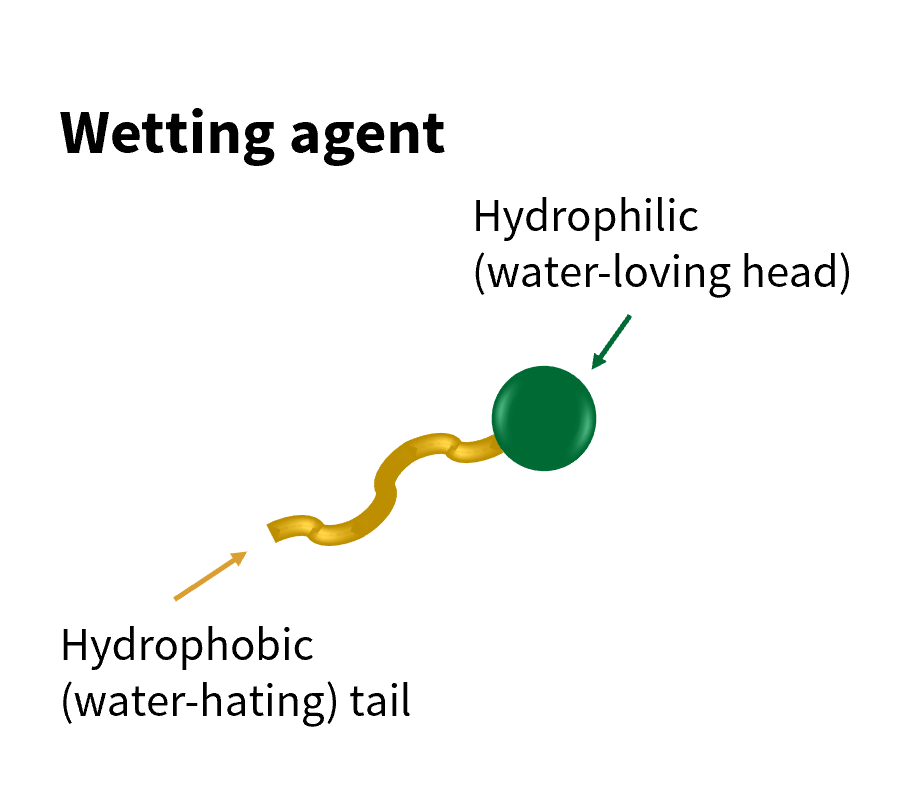
The hydrophobic coatings around soil particles can be treated with various types of soil-wetting agents.
Wetting agents contain “amphiphilic” molecules with a hydrophilic (water-loving) head and a hydrophobic (water-hating) tail. These molecules create bridges with the organic coatings surrounding the hydrophobic soil and reduce hydrophobicity.
The reduction of hydrophobicity improves water penetration into these soils. Applying soil-wetting agents improves soil moisture uniformity across turf stands, and the benefit of the application can last for several weeks. Even soil moisture distribution leads to a more even, healthy turf stand, and less labor is required to irrigate and maintain these areas.

The video below shows a water droplet penetration test (WDPT) comparing water alone to the soil wetting agent, Power Run™. The test is performed using a split dropper with one half dispensing deionized water and the other a solution with a water and Power Run mixture. Since hydrophobic soil repels water, it is ideal for showcasing the penetration capabilities of wetting agents.
Power Run helps treat and prevent Localized Dry Spot
Power Run is a soil-wetting agent that reduces and prevent localized dry spot and improves soil moisture uniformity on high-value turf areas like golf course putting greens, tees, fairways, and athletic fields.
Power Run, Soil Wetting Agent
Power Run lowers the time it takes for water to penetrate hard-to-wet soils.
- Improves soil moisture uniformity
- Reduces hydrophobicity and localized dry spot (LDS)
- Increases water infiltration and penetration
- Increases water-use efficiency
- NPE-Free
